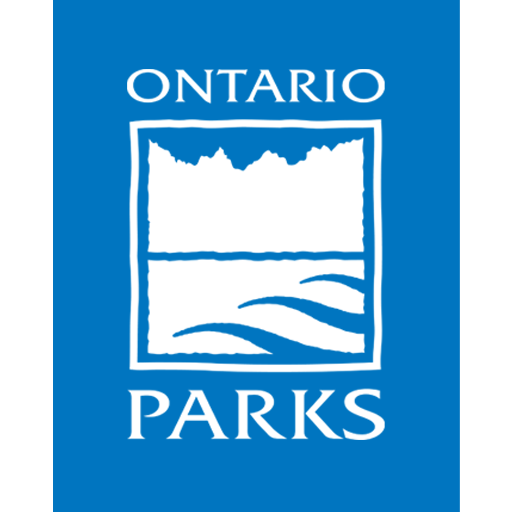Today’s blog post comes from Catherine Reining, a graduate in the Master of Environment Studies program at Wilfrid Laurier University.
We know spending time in nature offers a ton of health benefits like reduced stress, better sleep, and lower blood pressure.
But what is the role of parks and protected areas in human health?
Parks and protected areas provide access to a natural environment where people can experience nature, have contact with plants and wildlife, and participate in outdoor activities year-round. This leads to significant contributions to physical, mental, spiritual, social, and environmental well-being.
Little is known about what specifically in parks and protected areas influences these benefits. What’s better for your health: a beach or a forest? Does a park with a higher ecological integrity make you healthier? How long do you need to spend in nature to see health benefits?
Studying Pinery
 I set out to answer some of these questions.
I set out to answer some of these questions.
I recently completed my Master of Environmental Studies (MES) at Wilfrid Laurier University under the supervision of Dr. Christopher Lemieux and Dr. Sean Doherty.
For my thesis, I collaborated with staff at Pinery Provincial Park to better understand how visitor experiences provided by diverse natural environments in the park affect human health and well-being.
Pinery was the perfect choice for this research. It’s a popular summer destination for many people. It also contains a variety of unique natural environments, including a globally rare Oak Savanna ecosystem and freshwater coastal dunes.
Conducting research
During the summer of 2016, over 450 visitors to Pinery participated in the research. Visitors were surveyed using tablet-computers at the campgrounds, beaches, trails, and the Visitor Centre.
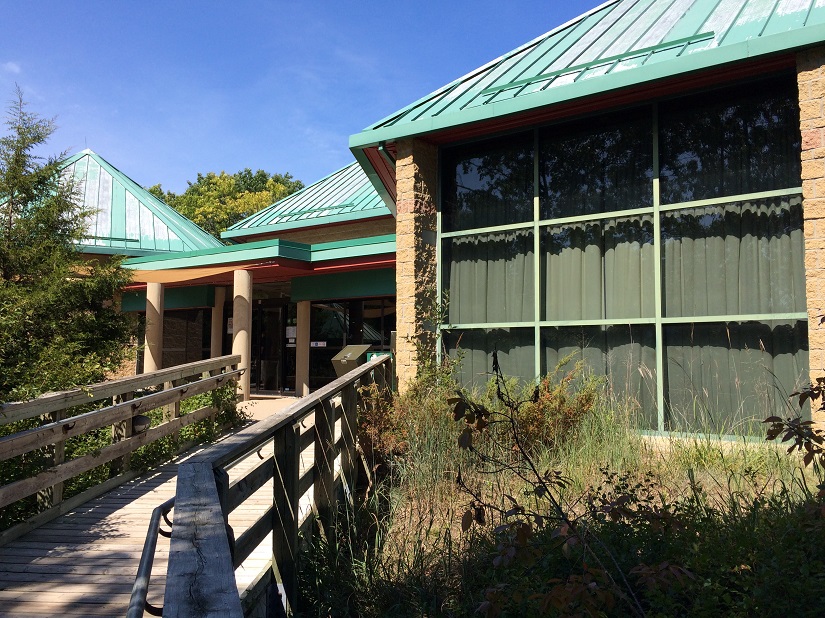
The goal was to capture their experiences and self-reported health and well-being benefits in the different types of environments in the park.
Our study focused on the restorative outcomes people receive as one way to measure human health and well-being benefits. Restorative outcomes from a nature experience include reduced negative effects like physical discomfort and stress, and increased positive effects such as relaxation, feelings of calm, and clear and clarified thoughts.
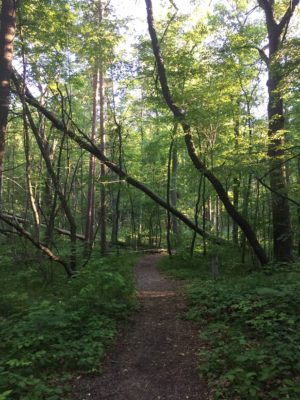
Visitors were asked to rate their agreement with statements on a Restorative Outcomes Scale (ROS) to measure well-being and mood.
We also asked visitors to rate indicators of environmental quality such as naturalness, species richness, and ecological integrity. In addition to providing benefits to visitors, the quality of the environment is a key component in the mandate of provincial parks, guiding the decisions of park managers.
This is the first study in Canada to consider the influence of ecological integrity on restorative outcomes, an important contribution to existing research.
The results
Overall, the results provide strong evidence that Pinery Provincial Park offers substantial restorative outcomes to visitors.
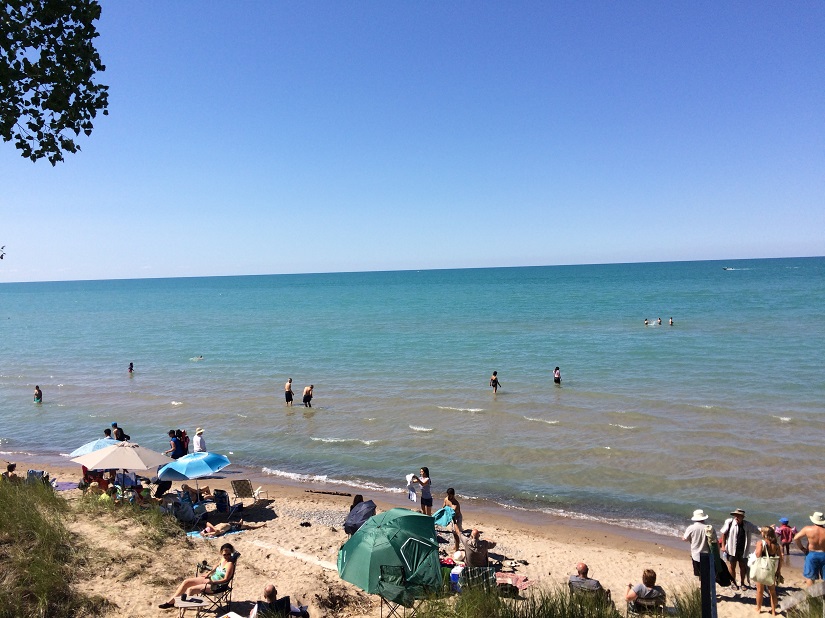
Here’s what we learned:
Does environment type matter? Surprisingly, the answer is no. The location or type of environment did not appear to play a significant role in the restorative benefits reported by visitors. However, visitors who preferred the environment they were in reported greater restorative outcomes. Whether you prefer to spend time hiking or relaxing on the beach, you will receive benefits from visiting the park. Pick the activity that is right for you!
Everyone will benefit. Everyone has the opportunity to benefit from spending time in a park! Visitors reported high restorative outcomes regardless of their physical/mental state or the amount of stress in their lives. An unanticipated finding was the differences reported by gender, with females reporting even greater restorative outcomes than males.
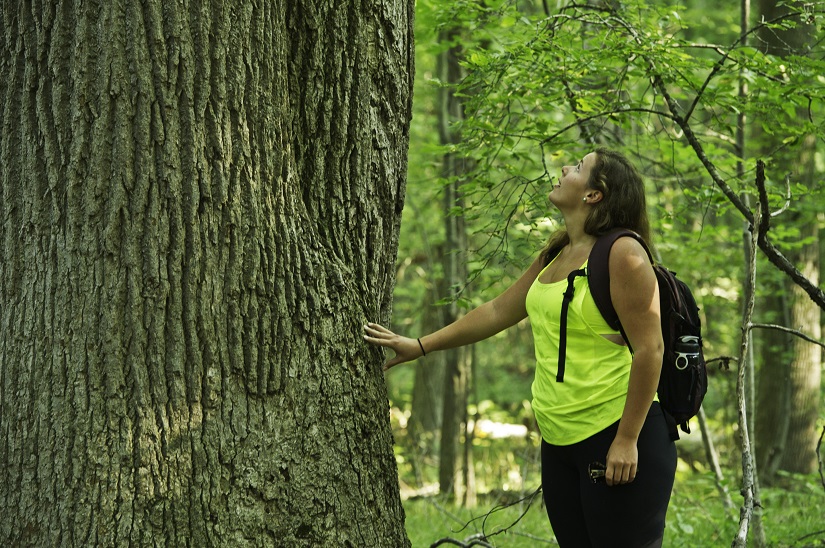
Quality matters. Our findings suggest that there is an association between restorative outcomes and the perceived quality of the environment. Visitors who perceived an environment to be of greater quality (i.e., higher naturalness, ecological integrity, or species richness), also reported greater restorative benefits.
Just get there. Visitors reported high restorative outcomes regardless of their length of stay. Whether you spend the day or camp overnight, you will receive benefits from your time at the park!
These findings highlight the importance of parks and protected areas as settings with restorative properties. The results of this research will hopefully help develop policy and management interventions park managers can use for health promotion in parks.
What can you do?
Here are some of the ways you can make sure we can all experience the restorative health benefits of nature.
1. Visit Ontario Parks
Increase your restorative outcomes by visiting one of Ontario’s provincial parks, some of which are operational year-round.
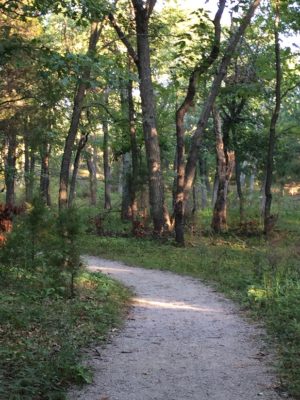
2. Leave no trace
In order for us to be healthy in nature, we need to ensure our environment is healthy too. Park managers work hard to maintain the ecological integrity (quality) of park environments.
How can you help? Leave no trace! Be sure to follow the rules. Stay in designated areas (trails, campgrounds), and leave things where you found them.
3. Spread the word!
Let others know about the benefits of parks by sharing this blog or telling them about what you have learned.
This research was made possible with the generous, in-kind contributions of Ontario Parks. A special thank you to the visitors at Pinery who took the time to participate in this study. This wouldn’t have been possible without you!
